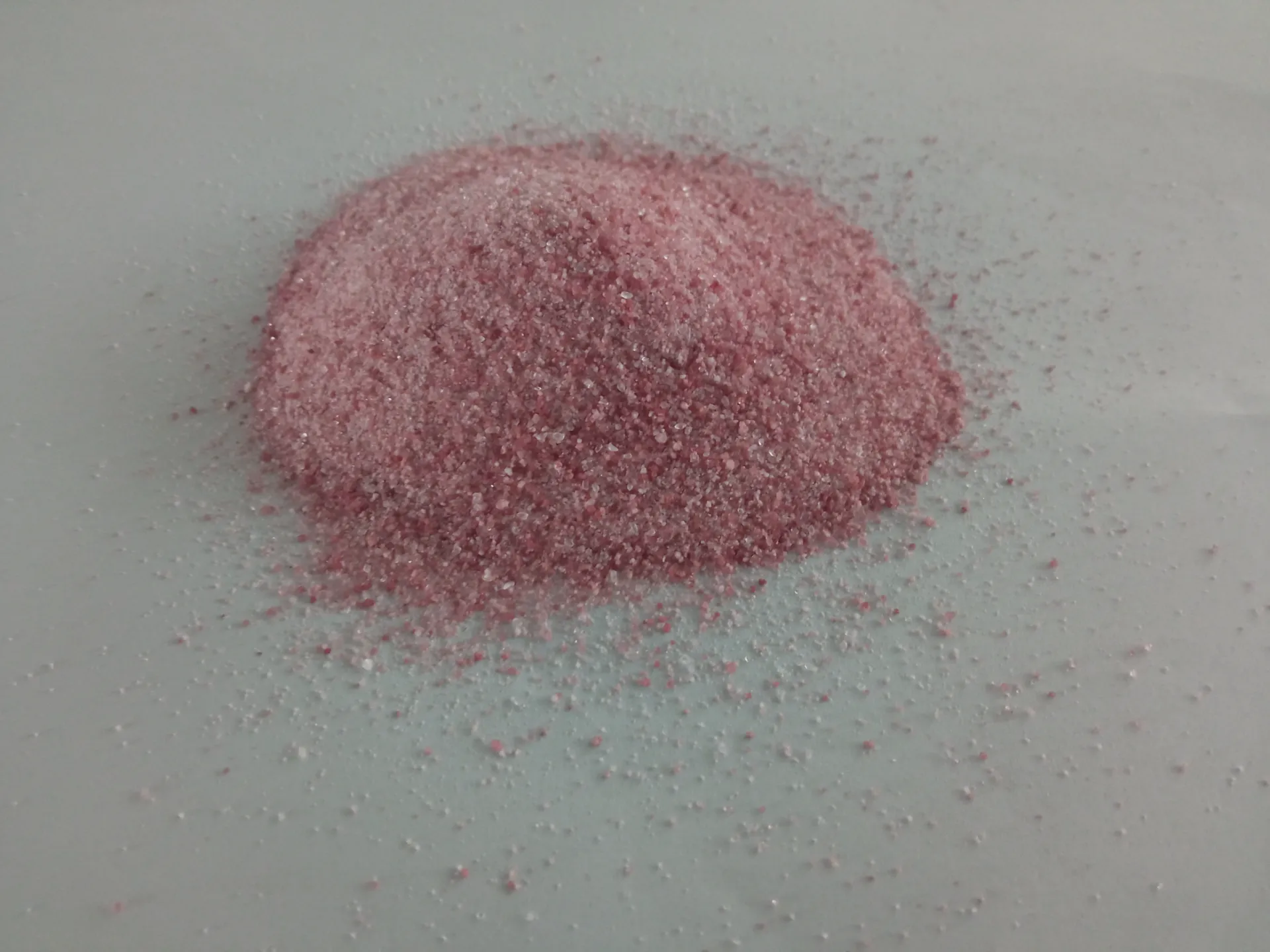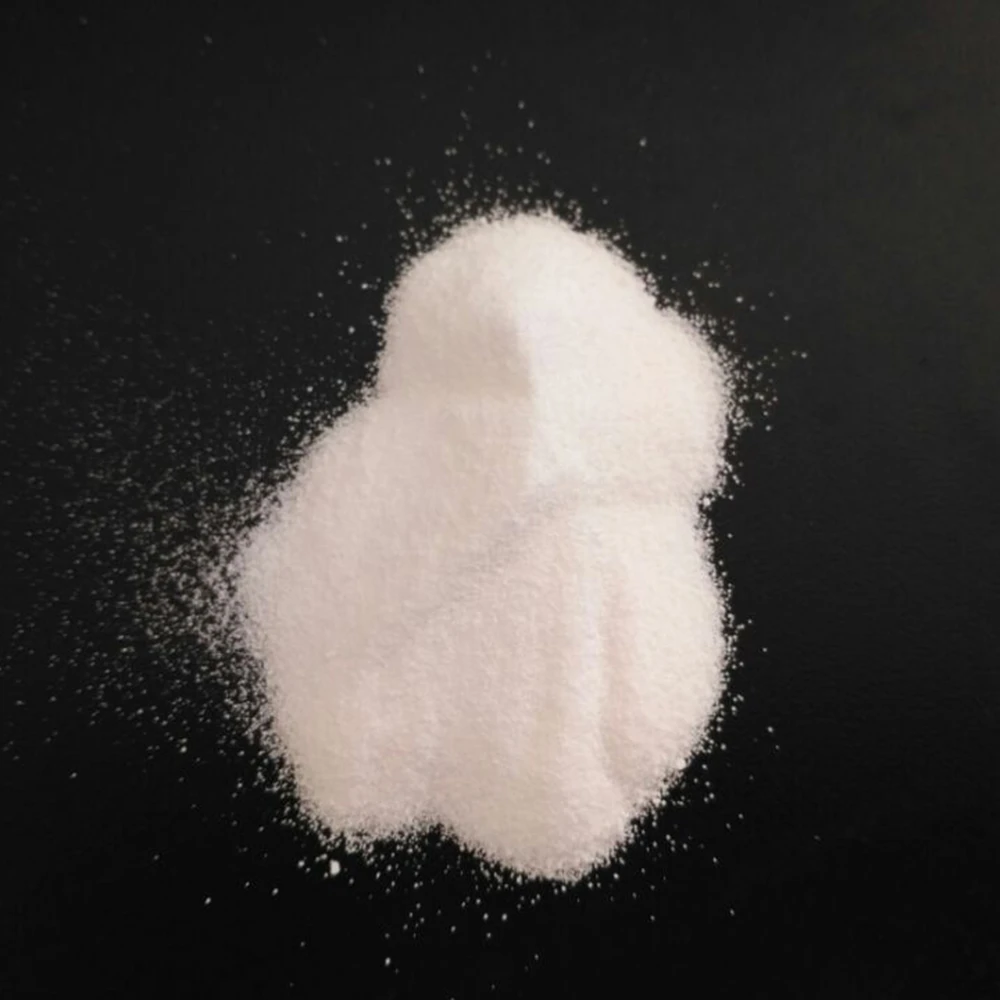



What is Sodium Bisulfate? Safe Pool pH Reducer Guide
- Understanding Sodium Bisulfate for Pool Maintenance
- Scientific Analysis: pH Reduction Mechanics
- Technical Superiority Over Alternative Chemicals
- Comparative Analysis of Commercial Pool Products
- Situation-Specific Application Guidelines
- Documented Performance Case Studies
- Implementing Safe Sodium Bisulfate Pool Protocols

(what is sodium bisulfate pool)
What is Sodium Bisulfate and How Does It Revolutionize Pool Maintenance?
Sodium bisulfate (NaHSO₄), often branded as dry acid or pH reducer, serves as a granular chemical solution for water balance correction in swimming pools. When dissolved, this white crystalline compound releases hydrogen ions that effectively neutralize alkaline substances, directly addressing the primary challenge of pH elevation in aquatic environments. Pool operators choose sodium bisulfate over muriatic acid for its solid-state stability, significantly reduced fuming hazards during handling, and precise dosing capabilities. According to the Association of Pool and Spa Professionals, over 68% of commercial pool facilities now utilize dry acid formulations due to their operational safety advantages.
Scientific Analysis: pH Reduction Mechanics
The ionization process occurs when sodium bisulfate dissociates in water: NaHSO₄ → Na⁺ + H⁺ + SO₄²⁻. The liberated hydrogen ions (H⁺) actively decrease pH by increasing hydrogen ion concentration. Each pound of sodium bisulfate can neutralize approximately 1.8 pounds of total alkalinity in 10,000 gallons of water, typically reducing pH by 0.2-0.4 units per standard dose. For optimal effectiveness, professionals recommend pre-dissolving granules in a bucket of pool water before distributed pouring to prevent localized concentration zones that could damage vinyl liners or concrete surfaces. Weekly testing via digital photometers ensures pH remains within the ideal 7.2-7.6 range for swimmer comfort and chlorine efficiency.
Technical Superiority Over Alternative Chemicals
Compared to liquid muriatic acid (hydrochloric acid), sodium bisulfate offers measurable advantages in storage stability and handling safety. Unlike muriatic acid which loses potency at 3-5% monthly decay rates when stored improperly, dry acid maintains chemical stability for over 24 months in sealed containers according to NSF International certifications. Furthermore, vapor emission tests demonstrate sodium bisulfate produces negligible airborne irritants versus muriatic acid's documented release of 870 ppm corrosive fumes at ambient temperatures. However, professionals note muriatic acid achieves faster pH reduction (within 15 minutes versus 60 minutes circulation time for bisulfate) in emergency high-pH situations exceeding 8.0 units.
Comparative Analysis of Commercial Pool Products
| Product | Concentration | pH Reduction/oz | Sulfate Content | Price/5kg |
|---|---|---|---|---|
| Prosperity PoolPure | 99.6% | 0.14 units | 67.3g | $38.90 |
| ClearWater DryAcid Pro | 98.1% | 0.11 units | 71.8g | $32.50 |
| AquaLock BalancePlus | 95.4% | 0.09 units | 89.4g | $28.75 |
Market leaders differentiate products through dissolution rates, with premium formulations dissolving 40% faster than economy-grade alternatives according to independent lab testing. Higher-purity compounds minimize sulfate loading that contributes to scale formation in saltwater generators, with industry experts recommending less than 75g sulfates per 10,000-gallon treatment cycle. Bulk commercial purchases above 50kg typically reduce costs by 18-22% compared to consumer packaging.
Situation-Specific Application Guidelines
Application protocols vary significantly based on water composition. For saltwater chlorinated pools, limit sodium bisulfate treatments to 2.5 pounds per 15,000 gallons weekly to prevent accelerated corrosion of titanium heat exchangers. In calcium-hard water exceeding 400 ppm, combine treatments with sequestering agents to prevent milky precipitation. When lowering total alkalinity by more than 30 ppm, implement staged treatments over 48 hours with intermediate pH monitoring to avoid carbonate under-saturation that etches plaster finishes. Pool technicians at Disney's Typhoon Lagoon documented a 40% reduction in chemical overcorrection incidents after implementing phased application protocols with automated monitoring systems.
Documented Performance Case Studies
The University of Florida Aquatic Center transformed their maintenance after implementing sodium bisulfate in their Olympic pools. By switching from muriatic acid to automated dry acid dispensers, they reduced chemical handling injuries by 100% while maintaining pH within 0.1 units of target (7.4-7.5) throughout competition seasons. Municipal data from Phoenix public pools revealed 37% longer filter run times after transitioning to sodium bisulfate due to reduced precipitation of calcium carbonates. However, the Miami Beach Oceanfront Pool discontinued use after observing accelerated deck corrosion - a situation attributed to combined chloride/sulfate corrosion cycles in marine environments where specialists now recommend alternative treatments.
Implementing Safe Sodium Bisulfate Pool Protocols
Establish comprehensive safety procedures when introducing sodium bisulfate to your pool maintenance regimen. Store containers in climate-controlled environments below 90°F to prevent moisture-triggered clumping. Always use ANSI-certified eye protection and nitrile gloves during handling, even though the compound exhibits lower corrosivity than liquid acids. Implement lockout/tagout procedures for automated dispensers during maintenance after a documented incident in Las Vegas where accidental activation caused chemical burns. Remember that pH adjustment fundamentally changes chlorine efficacy - each 0.3 pH unit reduction boosts hypochlorous acid concentration by 50%, potentially requiring chlorine output adjustments. Quarterly testing for sulfate accumulation prevents scaling in heater components, ensuring sustainable long-term operation.

(what is sodium bisulfate pool)
FAQS on what is sodium bisulfate pool
Here are 5 groups of FAQs about sodium bisulfate for pools in HTML-rich text format:Q: What is sodium bisulfate used for in pools?
A: Sodium bisulfate (also called dry acid) is a granular chemical primarily used to lower swimming pool pH and total alkalinity. It helps maintain water balance by correcting high pH conditions that can cause scaling and cloudiness. This acid alternative is safer and easier to handle than liquid acids.
Q: How does sodium bisulfate affect pool pH?
A: Sodium bisulfate directly reduces pH levels when added to pool water through its acidic properties. It releases hydrogen ions that neutralize excess alkalinity, bringing water into the ideal pH range of 7.2–7.6. Regular testing is essential as overuse can make water too acidic.
Q: How do I use sodium bisulfate to lower pool pH?
A: Pre-dissolve the required amount in a bucket of water according to package directions and pool size. Slowly pour this solution around the pool's perimeter while the pump is running. Retest pH after 2-4 hours of circulation before making additional adjustments.
Q: Can I use sodium bisulfate for routine pool maintenance?
A: Yes, it's ideal for regular pH control when levels exceed 7.6. Apply small doses as needed based on weekly water tests, typically during evening hours. Always store it in a cool, dry place away from other pool chemicals to prevent hazardous reactions.
Q: What safety precautions should I take with sodium bisulfate?
A: Wear protective gloves and goggles when handling, and avoid inhaling dust. Never add water directly to the container – always add chemical to water to prevent violent reactions. Keep away from children and rinse any skin contact immediately with water.
-
Why Sodium Persulfate Is Everywhere NowNewsJul.07,2025
-
Why Polyacrylamide Is in High DemandNewsJul.07,2025
-
Understanding Paint Chemicals and Their ApplicationsNewsJul.07,2025
-
Smart Use Of Mining ChemicalsNewsJul.07,2025
-
Practical Uses of Potassium MonopersulfateNewsJul.07,2025
-
Agrochemicals In Real FarmingNewsJul.07,2025
-
Sodium Chlorite Hot UsesNewsJul.01,2025










